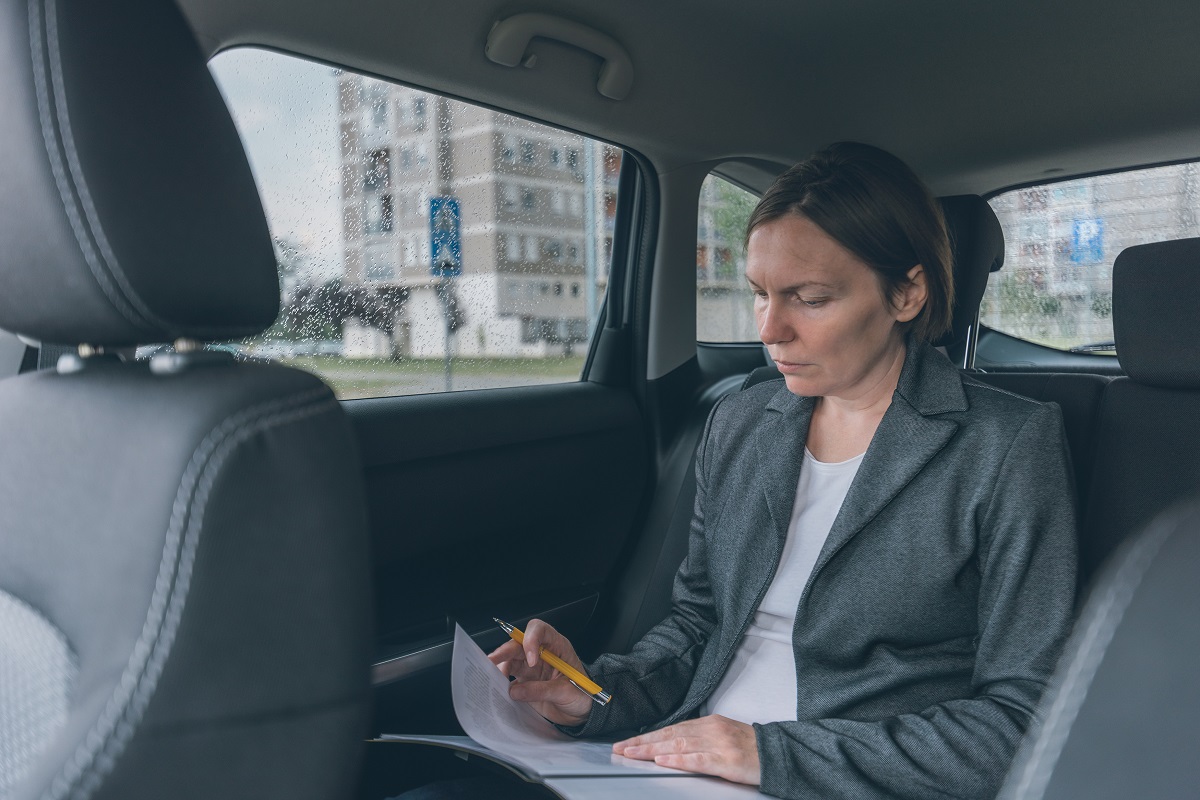Administration. Hardly anyone is really fond of it right now. Privately, no, chores involving paperwork we almost all put off as long as possible. This is of course true of administration at work. Generally, we find it a lot of work and we don't see the point of it. You can have a good discussion about the latter.
The amount of time it takes, there's no need to argue about that: yes, it often involves a lot of hours. But did you know that in many cases you can reduce these enormously?

Less work on the fleet
In many companies, the vehicle fleet is something that involves a lot of administration. Whether it be vehicles owned by the company, which are only used during the course of a business, or vehicles that are used for the purpose of business, the
working time is driven, or to lease cars, which go home with employees at the end of the day, extra work in the form of trip recording is (almost) always there.
Much of that work stems from the requirements of the tax authorities. tripregistration. The tax authorities would like to know exactly which journeys are made with a business
car are driven and under what heading these trips fall. Not because they are necessarily so curious, but because they want to know whether the vehicle is also used privately. If that is the case, an additional taxable benefit is calculated on an employee's gross income. If you don't want an additional taxable benefit, you can still drive 500km privately before this takes effect. This is actually a wash, most people do drive 500km privately per month. So then you are bound by the additional taxable benefit.
How does addition work (in brief)
The addition for your lease car is calculated as follows: percentage addition x catalogue value - own contribution (if you have one).
an example:
Your lease car has a purchase value of €30,000, and an additional taxable value of 25%, and you have an own contribution of €1,500 per year.
The taxable addition is then: 25% of €30,000 - €1,500 = €6,000 addition per year.
For the net addition, this amount is multiplied by the applicable income tax rate. For example, if the income tax rate is 37%, then in the above example, the net addition is 37% of €6,000, i.e. €2,220 per year
To know for sure whether a vehicle is being used privately or not, every kilometre driven in it will have to be recorded. Unless it is immediately decided that the
additional taxable income is going to be paid anyway, which can be the case, for example, with lease cars that employees are allowed to use at their own discretion. Trip registration can be quite time-consuming and
But you don't have to! Nowadays, you can also automate it almost completely. A built-in system based on GPS will then take over the mileage registration
and delivers an overview that meets all the requirements of the tax authorities. This will cost both the director and the administration department a lot less time and effort!
What else can be automatic?
No longer having to keep such records manually saves a lot of time and frees up employees to do other things. It inspires
Perhaps we should look further. Are there more things we can do (semi) automatically in the area of administration? Often, yes. What exactly, that is often
Depending on the sector in which a company is active. But the fact is that increasing automation can certainly reduce some of our administration, and we are reaping the rewards.
all the fruits of it.
